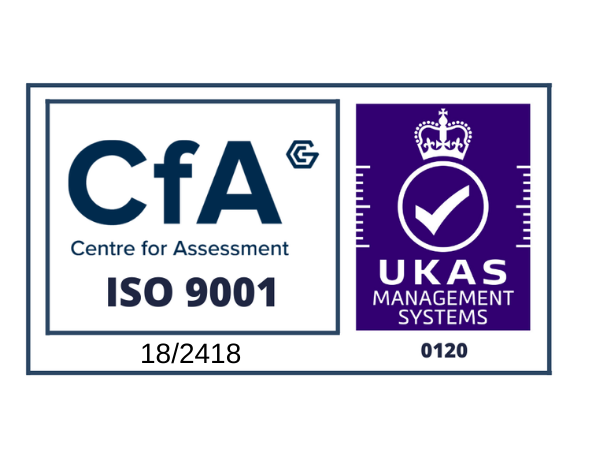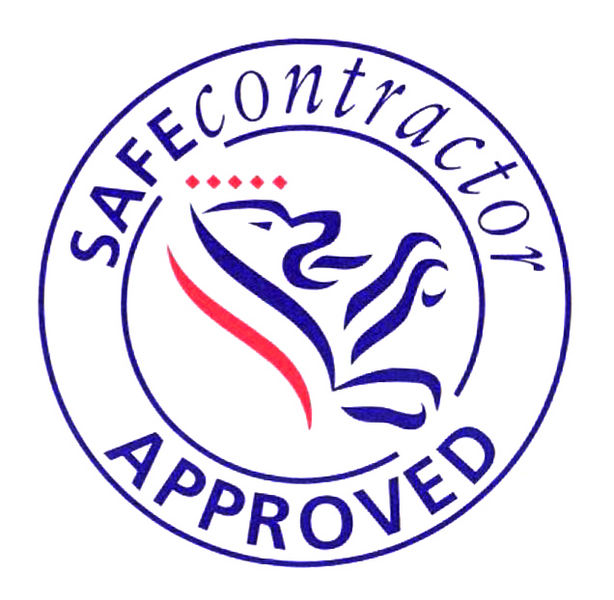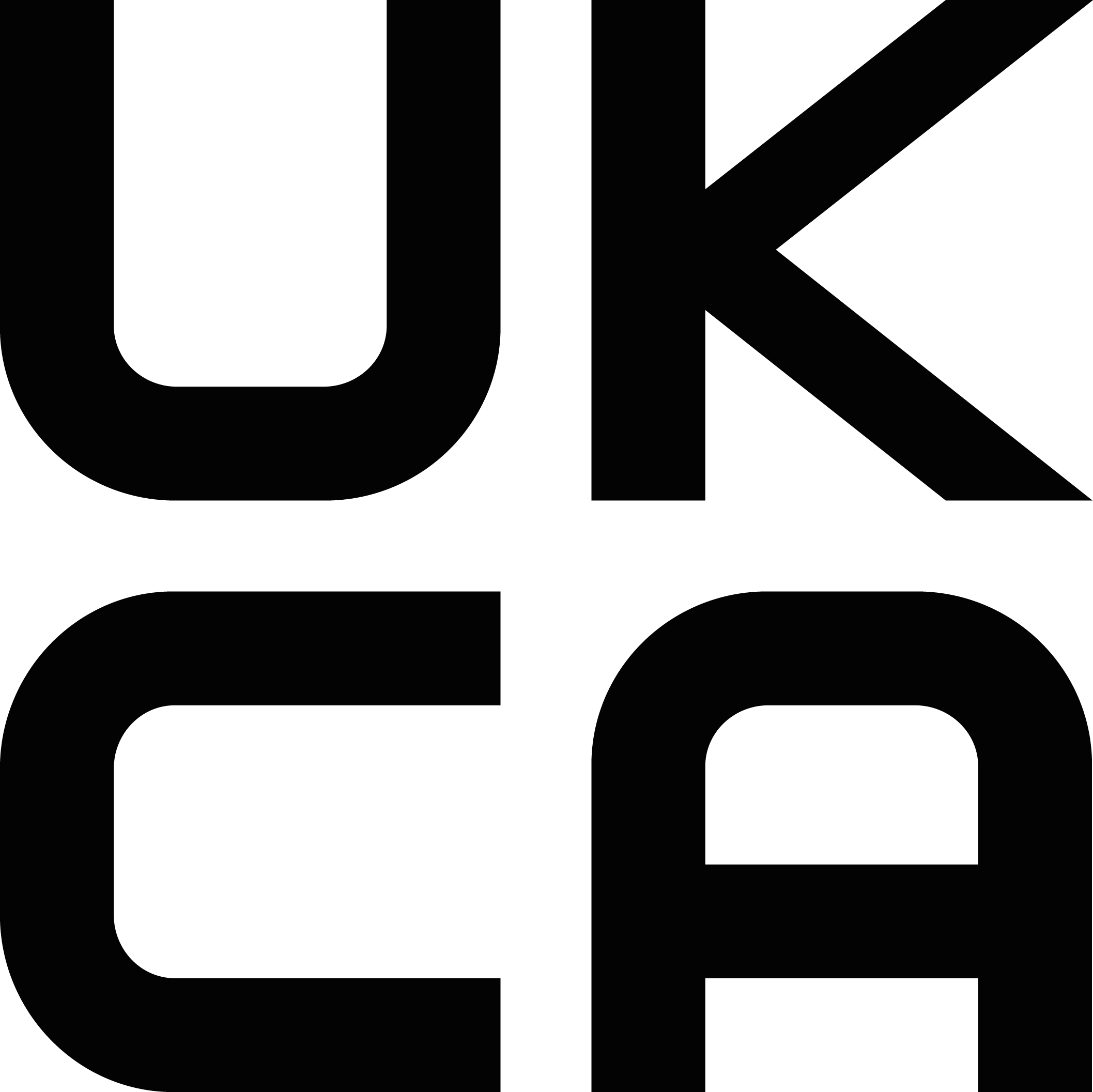Sustainability Initiatives in the steel industry
Sustainability Initiatives in the Steel Industry
Sustainability has become a top priority for industries worldwide, with the steel industry being no exception. As a major contributor of carbon pollution and energy use, the steel industry is facing more and more pressure to lessen its damage to the environment and adopt environmentally friendly methods. Because of this growing concern, a lot of steel companies have started different sustainability initiatives to try to lower their carbon footprint.
Sustainability initiatives in the steel industry cover a wide range of strategies and practices that address all aspects of sustainability. These initiatives aim to not only lessen the damage of steel production, but also make the industry more sustainable and competitive.
One of the key focus areas of within the steel industry is reducing carbon emissions. Steel production is a highly energy-intensive process which lead to heavy greenhouse gas emissions. To address this issue, many steel companies are investing in technologies and processes that promote energy efficiency and reduce carbon emissions.
In this blog, we go over the many different sustainability initiatives in the steel industry and how they impact our planet and companies within the industry.
How do Sustainability Initiatives Impact Emissions in the Steel Industry?
Steel is essential for infrastructure and transportation, making it one of the world's most widely used materials. However, traditional steel production is reliant on blast furnaces using coal or natural gas. This results in high greenhouse gas emissions, contributing to climate change and air pollution.
To address this issue, the global steel industry works towards reducing its environmental impact. Companies like ArcelorMittal, one of the leading steel producers globally, are investing in research and development to decarbonise their operations and reduce emissions. By focusing on sustainable practices, the industry aims to contribute to global efforts for climate action.
Looking ahead to 2030 and 2050, the steel industry is looking to significantly decrease its emissions and improve its environmental performance. This includes not only reducing Scope 1 and 2 emissions from steel production processes but also addressing Scope 3 emissions from the entire life cycle of steel products. Here are some of the top sustainability initiatives within the steel industry:
Reducing Greenhouse Gas Emissions
One of the key sustainability initiatives in the steel industry is reducing greenhouse gas emissions. This is especially the case because the global demand for steel products projected to increase. Steel making accounts for approximately 7% of global scope 3 emissions, which emphasises the need for action within the industry.
By 2050, the goal is to have a low-carbon industry that is sustainable. One way the industry is aiming to achieve this is by using direct reduced iron (DRI) to replace traditional iron ore in the steel making process. DRI is made using natural gas and emits significantly fewer greenhouse gases than using a blast furnace that use coal. This reduces the reliance on fossil fuels and makes the process a lot more environmentally friendly.
Implementing Decarbonisation Strategies
Another way the industry is becoming more environmentally friendly is by implementing decarbonisation strategies. These strategies involve an approach which reduces carbon dioxide output into the planet throughout the entire life cycle of steel production.
In recent years, technology development has focused more on low-carbon equipment such as Electric Arc Furnaces (EAFs). EAFs use renewable energy instead of fossil fuels, making it a great sustainable option for steelmaking.
To meet the goals set for 2030 and 2050 for scope 1 and 2 emissions, as well as to deal with scope 3 emissions that include the whole steel production supply chain, efforts to decarbonise the industry are crucial.
Green Steel
Another huge aspect that is contributing towards sustainable development is Green Steel. Green steel is alternative to traditional steel and is made using low-carbon production methods. This includes using recycled scrap steel which can save up to 1.5 tonnes of iron ore and 0.5 tonnes of coal per tonne of steel produced.
The Benefits of Green Steel
- One of the main advantages of green steel is that it has the potential to significantly reduce the release of carbon dioxide.
- Another benefit is that the use of renewable energy sources in the production helps to conserve natural resources. This minimises steel’s overall environmental impact.
- Plus, green steel has the potential to drive innovation and create new opportunities for the industry.
- If you’re a company that embraces green steel production, you can gain a competitive edge in the market. This is because the demand for environmentally friendly products continues to grow every day.
Recycled Steel
Recycled steel is another eco-friendly alternative to traditional steel. This version of steel reduces the need for mining and extracting iron ore which saves natural resources and energy. The best part of recycled steel is that it has the same properties and quality as virgin steel. This is because steel can be easily recycled without losing its quality or strength.
Recycled steel is not only beneficial for the environment, but it also offers economic benefits to the industry. Recycled steel is often cheaper than virgin steel, which provides cost savings for companies within the industry. Plus, the market for recycled steel is expanding which creates new opportunities for businesses and investors. Using recycled steel can also help companies meet regulatory requirements and improve their corporate image by showcasing their commitment to sustainability.







